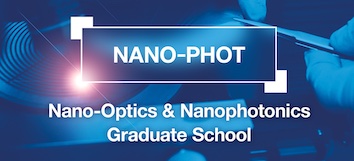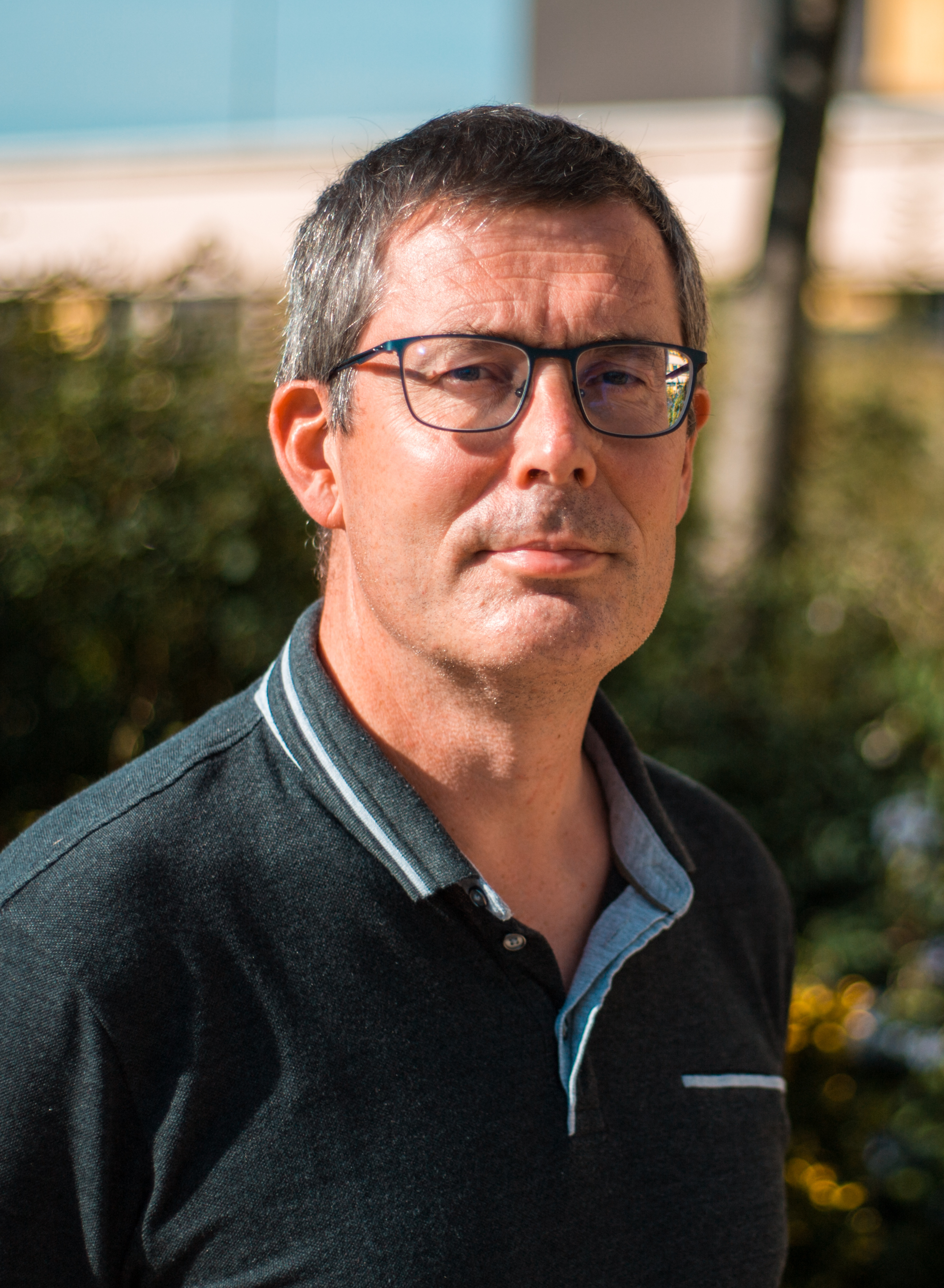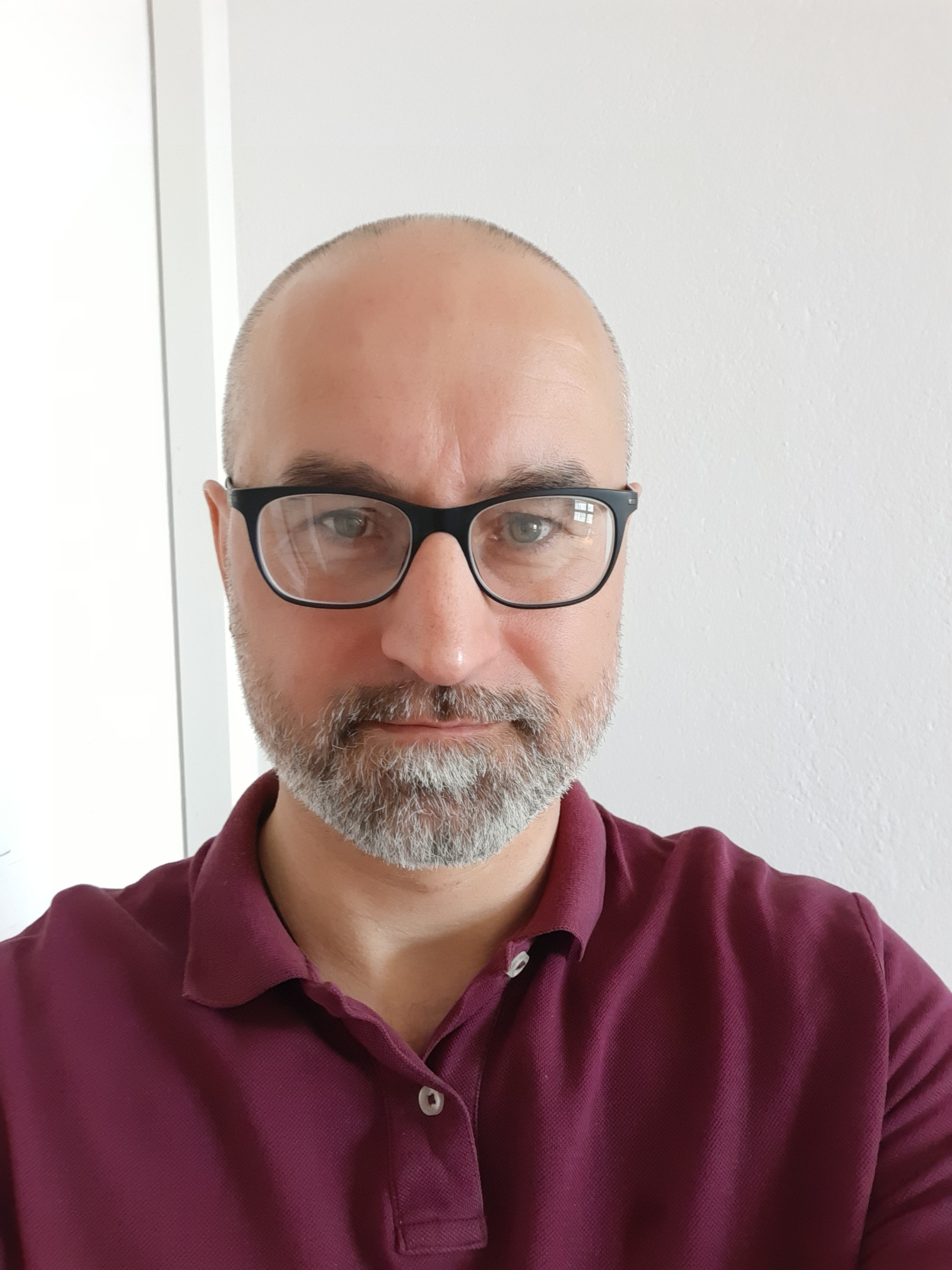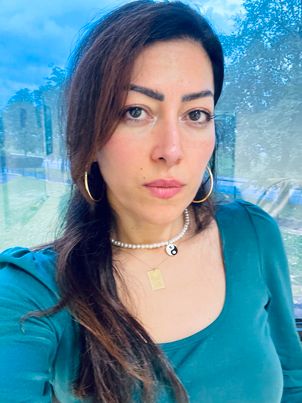
School on Nanophotonics and Sustainability
Presentation
This year, the MNO workshop is coupled to a late summer school organized by the NANO-PHOT Graduate school,
on Monday, September 18th.
The main scientific topic is related to "Nanophotonics and Sustainability". The aim of the School is to bring together renowned scientists and students at the early stage of their career in the field of photonics, interested in the study of light at the nanoscale with a specific concern about sustainability developments.
The school will take place in the M500 auditorium in the M building of the University. See the "venue and accomodation" tab for more details.

Program of the lectures
The complete program can be found HERE
- Marc Lamy de la Chapelle (Institut des Molécules et Matériaux du Mans, France)
Plasmonic sensor: identification and detection of analytes for environmental and medical applications

Plasmonic is one the most remarkable properties of the metallic nanoparticles (NP). Plasmon can be excited through the illumination of the NPs by light and can be exploited to develop reliable, sensitive and specific sensors. Plasmonic properties of the NP can be used to detect molecules in two ways: (i) thanks to the monitoring of the plasmon position shift through the deposition of molecules at the surface of the NP or (ii) by exploiting the electromagnetic field enhancement induced by the plasmon and localised at the vicinity of the NPs. In this latter case, the spectroscopical signal from a molecule localised at the surface can also be enhanced and is at the origin of the Surface Enhance Raman Scattering (SERS) widely used for ultrasensitive chemical analysis down to single molecule detection.
After an introduction to the principle of plasmonic and SERS sensor, several examples of the detection of various analytes will be presented, more especially in the detection of pollutants for environment monitoring or of biomarkers for disease diagnosis.
- Azzedine Boudrioua (Equipe Photonique organique et nanostructures, LPL, Sorbonne Paris Nord)
Plasmonic organic light emitting diodes (OLED): challenges and issues
Nowadays, Organic Light Emitting Diodes (OLEDs) have become the most important lighting and display technology (especially in the field of small flat panel display). Compared with LED technology, OLEDs have several major advantages: low cost of organic materials, low working voltage and flat light emission, abundant molecules of emission that can cover the entire visible spectrum, possibility of using a flexible substrate, etc. The enhancement of the efficiency of these devices as well as the control of their directivity and their emission coherence should allow the development of new generation of OLEDs with high-performances opening the door to many important and potential new applications. In this lecture, we will focus on the utilization of localized surface plasmon (LSP) effect generated by metallic nanoparticles (NPs) in order to improve the performances of OLEDs. Particularly, the utilization of periodic nanoparticle structures, which exhibit collective responses called surface lattice resonance (SLR), drastically improves the spectral and spatial properties of the organic molecules emission.
- Vladimir Lesnyak (TU Dresden, Germany)
Semiconductor Nanoparticles: Efficient Light Absorbers and Emitters

This lecture will introduce basics of colloidal semiconductor nanoparticles and their main optoelectronic properties (especially those related to nanophotonics, such as light emission and absorption). It will provide an overview of their chemical synthesis, post-synthetic modification, solution-based processing, and integration into optoelectronic devices. In the latter part, a particular attention will be paid to applications related to sustainability, such as solar energy harvesting using luminescent solar concentrators and photovoltaic cells.
- Christophe Couteau (L2n, CNRS, Univeristé de Technologie de Troyes, France)
Nanophotonics for optical computing

More and more in the recent years, there is a link between photonics and micro-electronics for computing showing cutting-edge research. As in many scientific disciplines, high-performance computational methods are needed and with this, the capabilities of computers. Photonics and in particular nanophotonics is crucial for developing more computational power while lowering the energy cost. The full or partial replacement of electronic components by photonic components has many benefits and the wide availability of high-performance photonic components is a proof of it. Photonic architectures can also offer great possibilities for carrying out computations scaling beyond today’s computing hardware. In this lecture, we will see how optics contributes to computing and in partciular how nanophotonics can contribute in terms in energy cost, higher capabilities and wider functionalities with an opening to quantum computation appearing in the meantime!
- Gilles Lérondel (L2n, CNRS, Univeristé de Technologie de Troyes, France)
Nanophotonics for Sustainable Solid State Lighting
Lighting is essential for modern society with an exponential increase in lighting energy consumption compared to GPD per capita. The light-emitting diode (LED) based on semiconductor quantum wells allows a considerable energy saving typically of the order of 70% compared to incandescent lighting and is therefore a real breakthrough in terms of low-power technology. Considering also the long lifespan, the remaining problem with LED based lighting lies in the component end of life and recycling. Recently within the frame of a global approach developed during the RECYLED project, how this problem can be solved by considering an alternative disassembly technique based on selective fragmentation. This technology applied to LED bulbs allows a recycling rate of more than 80% well above the grinding technology commonly used in recycling. In a last more forward-looking part, we will present a complete eco-design approach based on the use of ZnO, a unique abundant material that can be simply synthesized in solution over a large surface and which makes it possible to overcome the use of rare earths for the emission of white light. This material also has an incomparable recyclability by simple chemical photodissolution.
- Suzanna Akil (NanoMaterials team, LCP-A2MC, University of Lorraine, France)
Plasmonic photocatalysis: Mechanisms and environmental applications

The photocatalysis is one of the most promising solutions for tackling the energy crisis and environmental issues. In this lecture, we introduce the latest research progress of plasmonic photocatalysis from theory to application. The fundamental advances for hydrogen production from water splitting using plasmon-enhanced semiconductor photocatalysis are particularly reported. Students will therefore learn about the optical mechanisms behind photocatalysis process including enhanced light absorption, hot electrons injection, etc. The recent synthesis strategies for nanomaterials-based photocatalyst will be also summarized.
- Stéphane Collin (C2N, CNRS, Université Paris-Saclay, France & Institut Photovoltaïque d'Ile-de-France, France)
Nanophotonics for solar photovoltaics

Absorption of photons is the first step of photovoltaic conversion of sunlight into electrical power. Until recently, relatively thick absorbers have been used to ensure efficient absorption of most incident photons. However, the optical path length can be increased several times by trapping light in the absorber with random or periodical sub-wavelength structures, enabling to maintain high efficiencies in much thinner solar cells.
In this lecture, I will introduce the basic principles of light-trapping in solar cells, from light scattering to advanced concepts of nanophotonics. Then, I will describe recent advances in ultrathin solar cells, devices with thicknesses at least 10 times lower than conventional solar cells, enabling material savings, shorter deposition times and improved carrier collection in defective absorber materials. We will review the current state-of-the-art and prospects. Finally, we will discuss the main challenges in nanoscale patterning of light-trapping structures, and in the integration of nanophotonics structures in efficient photovoltaic devices.
HOW TO REGISTER : REGISTRATIONS ARE CLOSED
If you want to participate to the MNO conference, then fill the registration form of the conference HERE and tick the box "Registration to the school" during the registration process.
If you don't want to participate to the MNO conference, then please send an email to nanophot@utt.fr


